Throughout the course of human history, we have been blissfully ignorant of the many close shaves we’ve had with natural disasters that could have spelled the end of our species. One such event took place a little over a century ago, resulting in one of the largest explosions ever recorded on Earth.
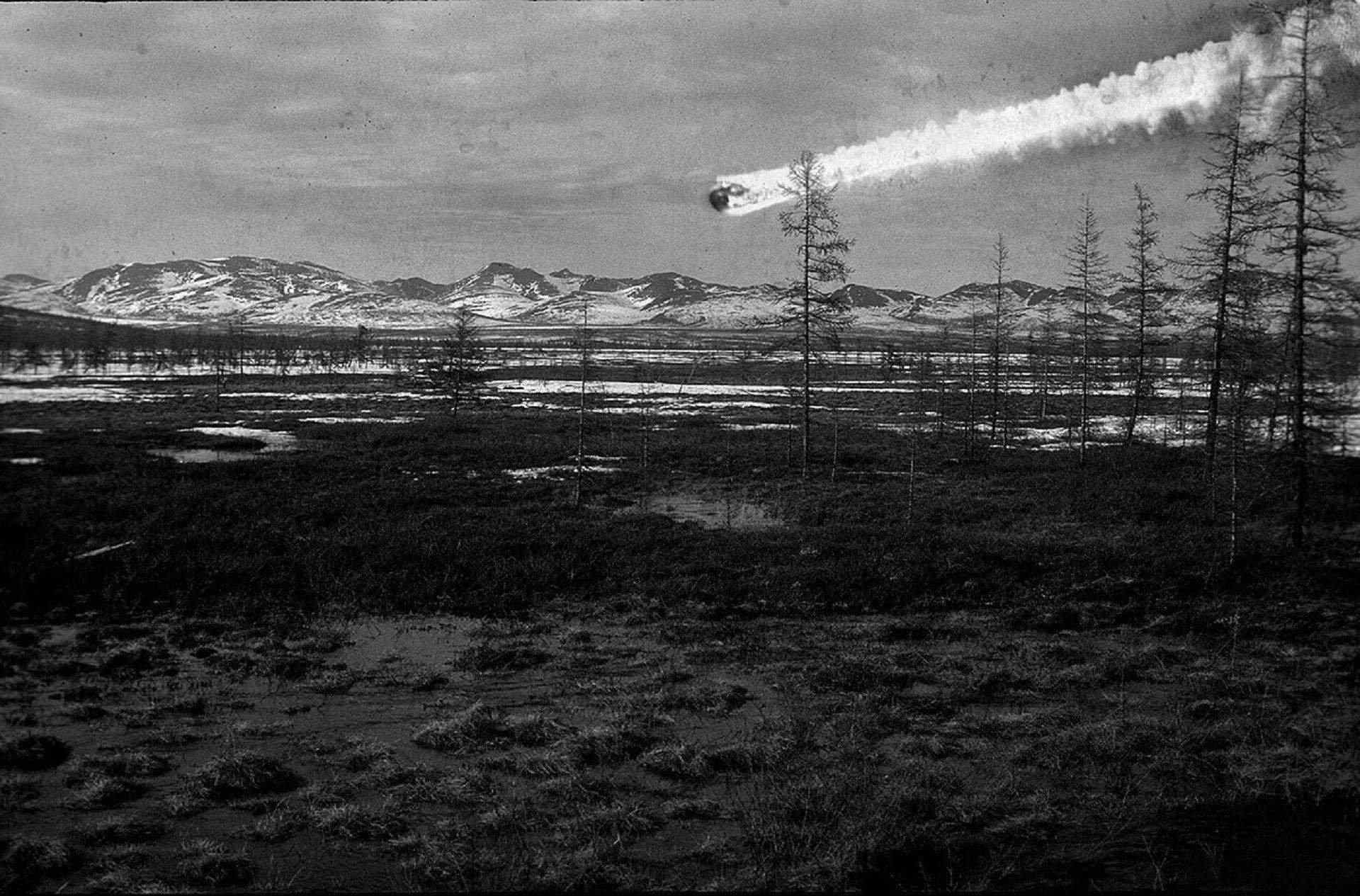
Surprisingly, few people were aware of this event at the time due to its remote location and the lack of communication technology. This event, known as the Tunguska Event, has sparked years of scientific curiosity and debate.
The dawn of the Tunguska Event
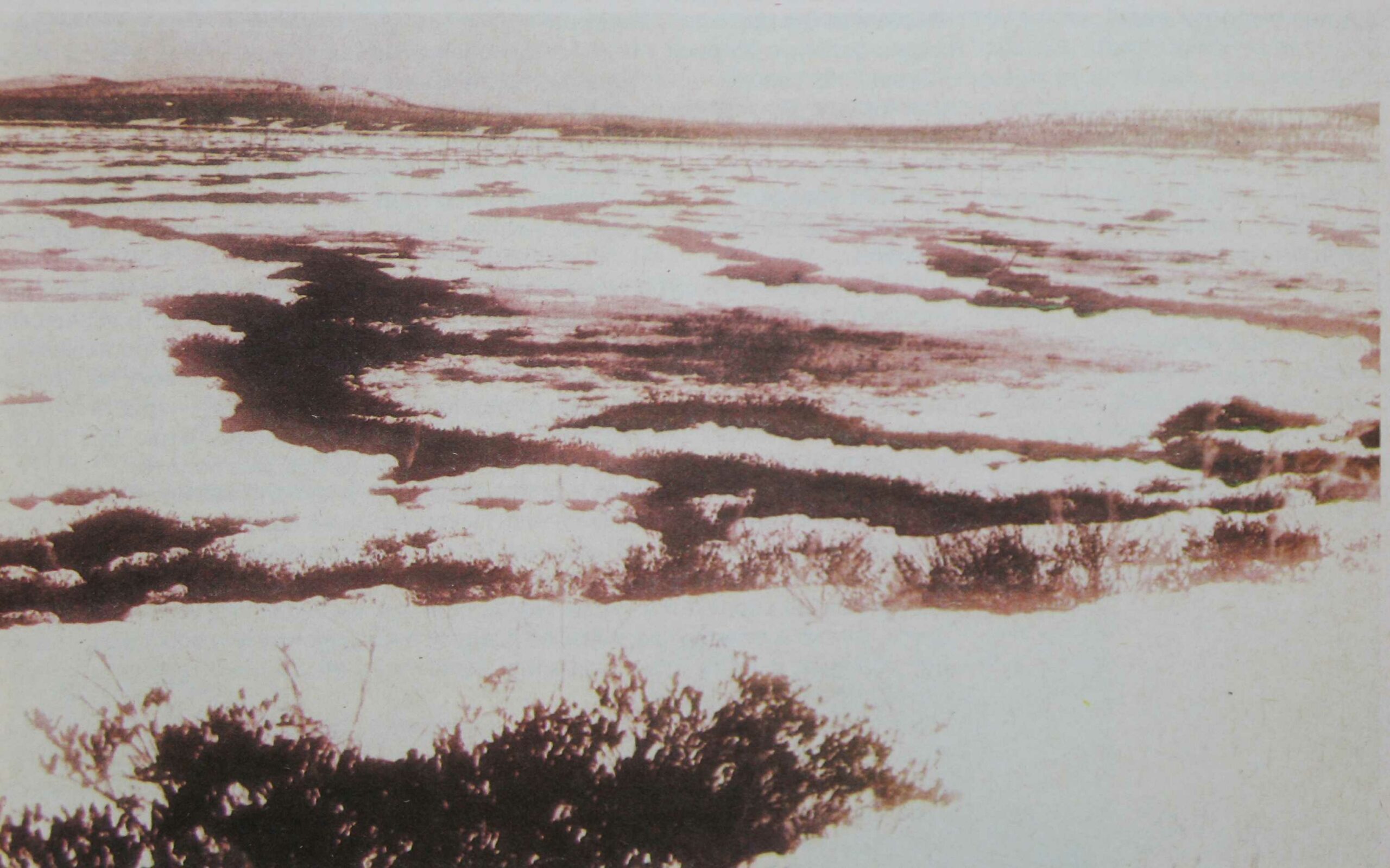
On a tranquil summer day in 1908, the inhabitants of the remote Siberian region of Krasnoyarsk Krai were awakened by a catastrophic explosion. This explosion was immediately followed by a shockwave that shattered windows and knocked people off their feet. The sky was then split in two by a wave of fire, an event that the inhabitants described as apocalyptic. In mere minutes, the forest was set ablaze.
The devastation aftermath
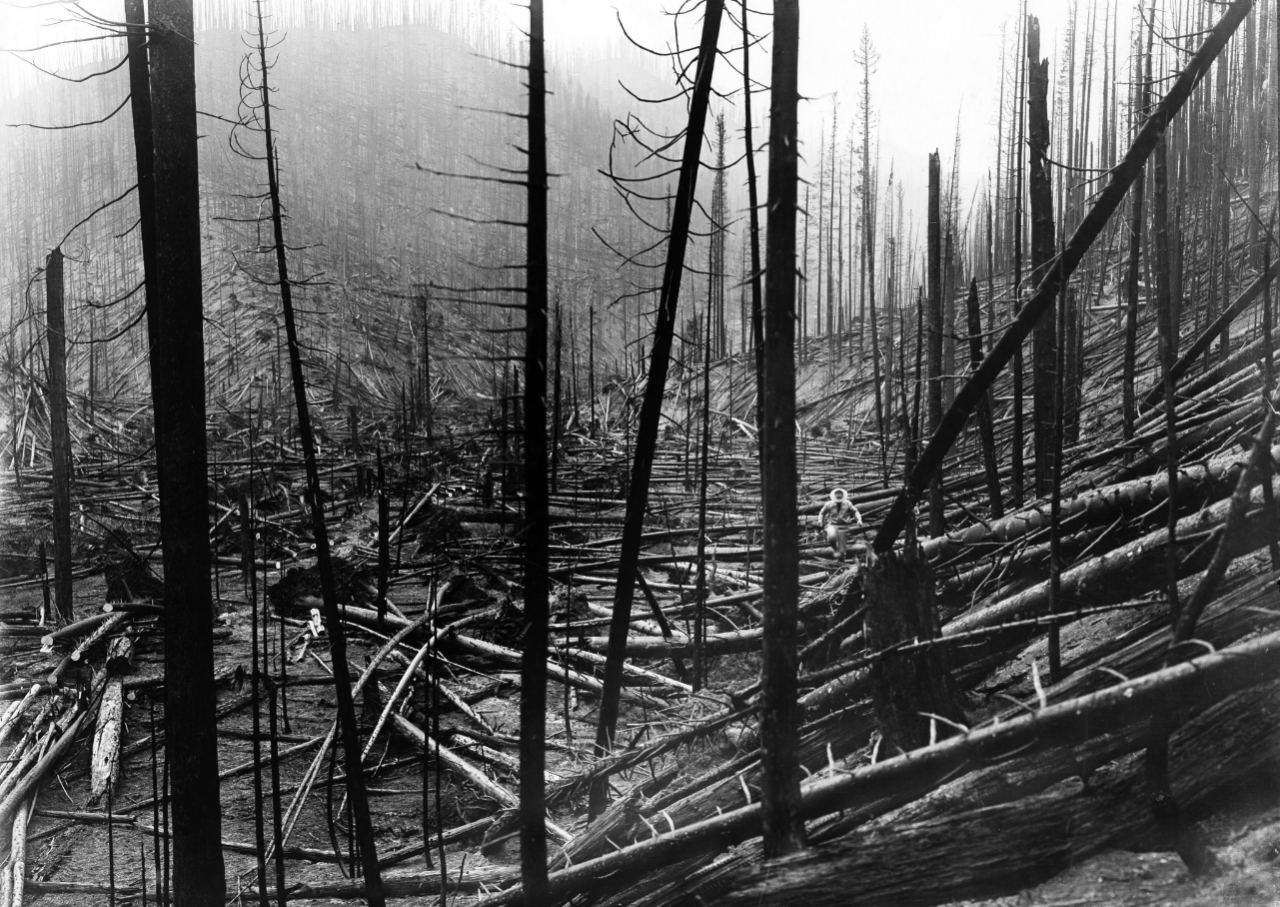
Unable to contain the forest fire due to the intensifying winds from the Pacific Ocean, the locals were forced to flee. The fire raged on for three days, leaving a desolate landscape in its wake. Over 80 million trees were destroyed, and everything within a 2,000-kilometer radius was flattened.
Experts believe that the explosion was 1000 times more powerful than the atomic bomb dropped on Hiroshima. Yet, despite this massive magnitude, the event remained largely unknown due to its remote location.
To offer you a more accurate comparison, the atomic bomb dropped on Hiroshima was the same as 15 kilotons of TNT whilst the explosion that took place at Tunguska was estimated to be around 10 megatons of TNT.
Most of the inhabitants relocated as they were afraid that such an event may occur once again. Either way, much of the wildlife which was crucial to their survival got scared away due to the huge explosion. Some believed it was a sign from the Gods.
The pursuit of answers
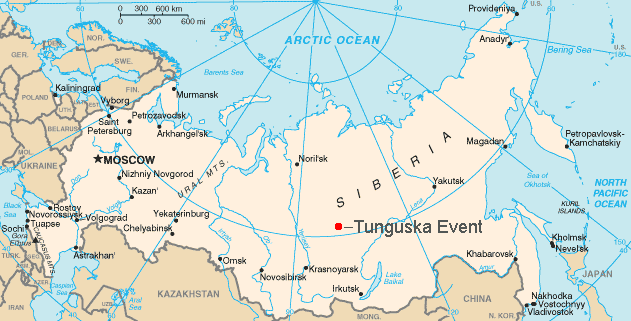
Thirteen years after the event, Soviet scientists ventured into the blast zone to investigate. Initially, locals blamed gold miners for the explosion, but the scientists were confident that a meteorite was responsible for the devastation. They expected to find traces of iron and other minerals, but their search came up empty. This led to a host of theories, each with its own set of questions and contradictions.
The comet theory

One of the most compelling theories was proposed by British astronomer F.J.W. Whipple. He suggested that a comet not a meteor, was responsible for the Tunguska Event. Comets, which are composed of ice and dust, would have disintegrated upon entering the Earth’s atmosphere, leaving no trace of debris.
The natural gas theory
Astrophysicist Wolfgang Kundt proposed a different explanation. He suggested the explosion was a result of 10 million tons of natural gas escaping from the Earth’s crust. However, this theory struggled to account for the shockwave caused by the explosion and the lack of a large crater.
The antimatter theory
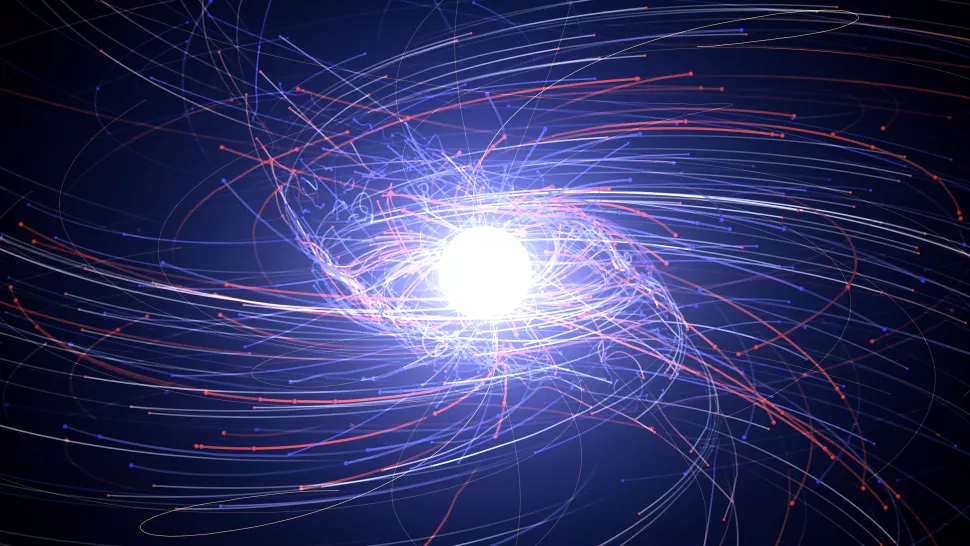
In 2009, scientists suggested that the Tunguska event may have been the result of matter and antimatter colliding in our galaxy. This would create a burst of energy capable of causing such an explosion. However, this theory was also met with skepticism.
The meteoric origin discovery
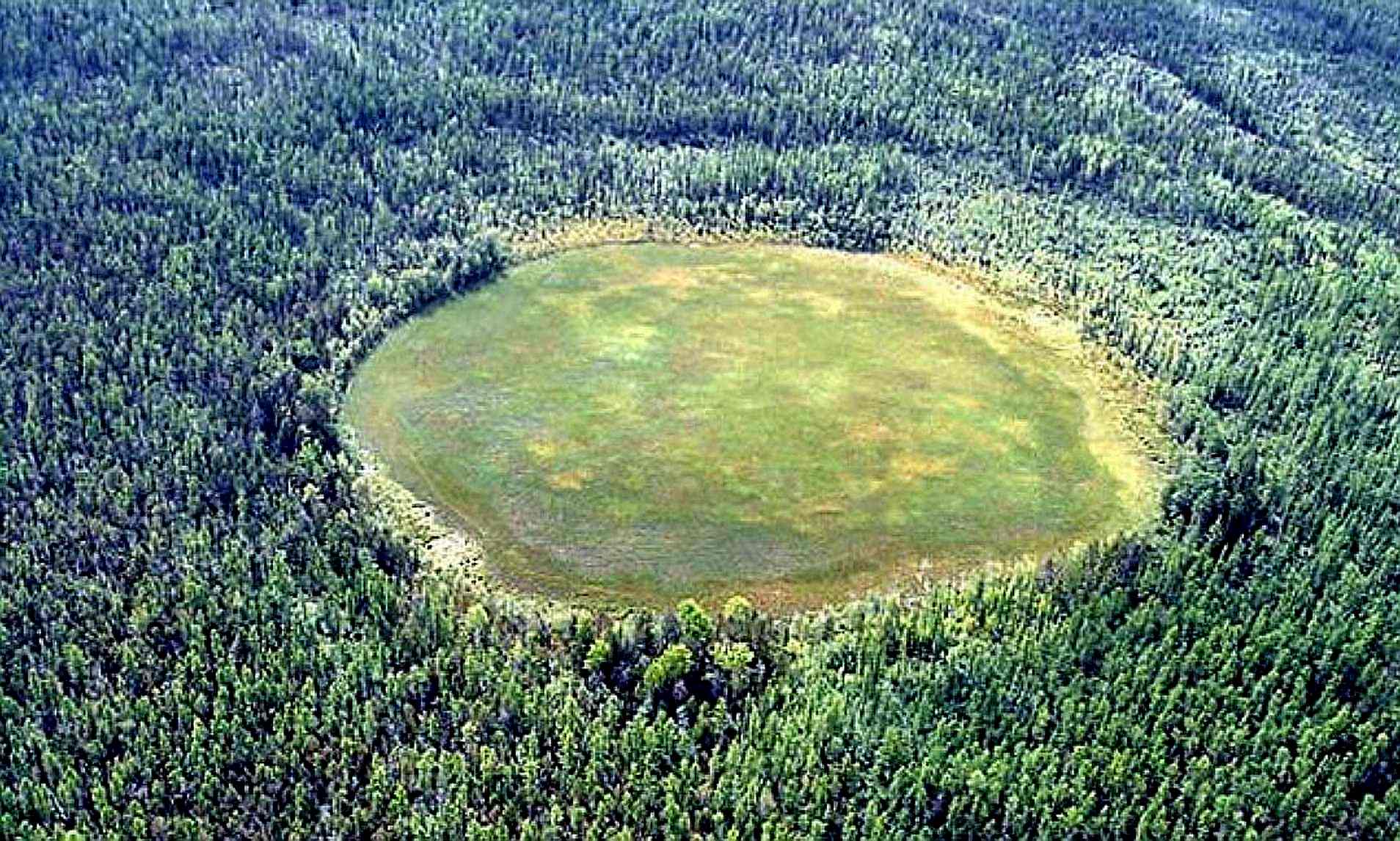
In 2013, scientists from the National Academy of Sciences of Ukraine led by Victor Kvasnytsya analyzed microscopic samples of rocks from the explosion site. The results indicated a meteoric origin, but the mystery of the missing debris remained unsolved.
The extraterrestrial theory
Alexey Zolotov, Department Head at the All-Union Institute of Geophysical Prospecting Methods, proposed an unconventional theory. He suggested that the Tunguska Event was a deliberate explosion caused by a compact nuclear device sent by extraterrestrial beings to signal their existence. This theory, while fascinating, remains speculative.
The asteroid theory
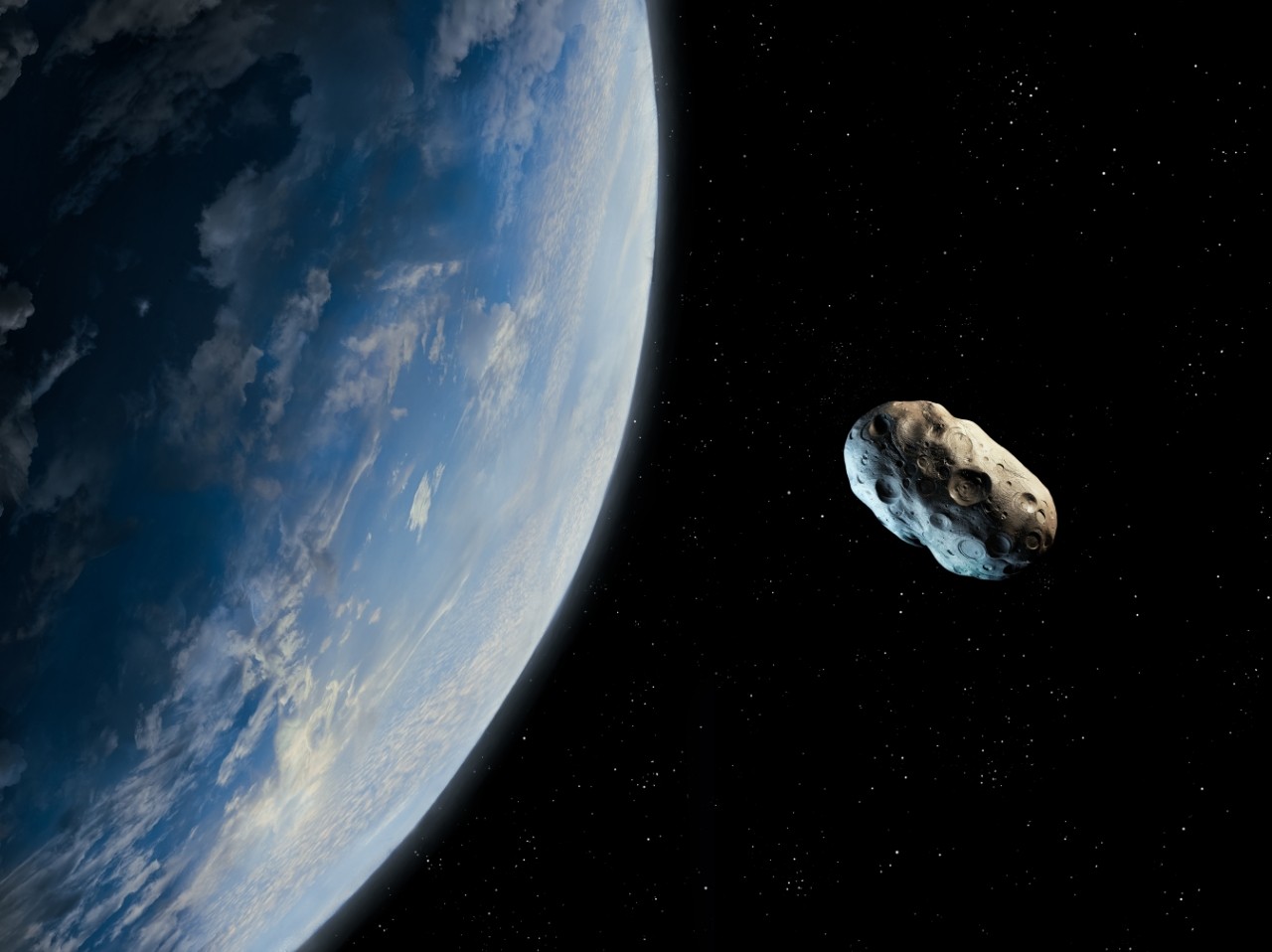
Some scientists have considered the possibility of an asteroid being responsible for the Tunguska event. A computer simulation conducted by Daniil Khrennikov at the Siberian Federal University suggested that an asteroid could have grazed Earth’s atmosphere, creating an air burst that resulted in the explosion.
The asteroid would have entered at a high speed, decelerated rapidly due to Earth’s gravitational pull, and then exited the atmosphere. The energy from this deceleration could have been transmitted to Tunguska, causing the explosion.
While this theory seems to be the most plausible, it raises a terrifying question: What if an asteroid were to strike Earth directly?




